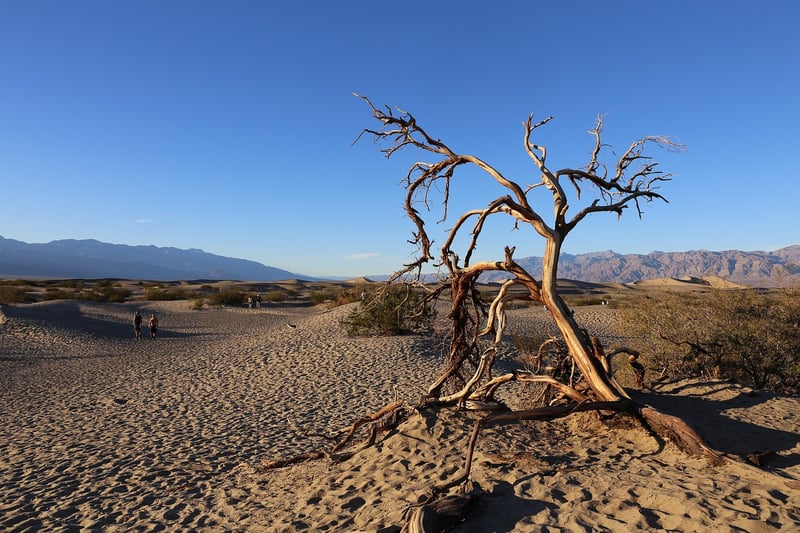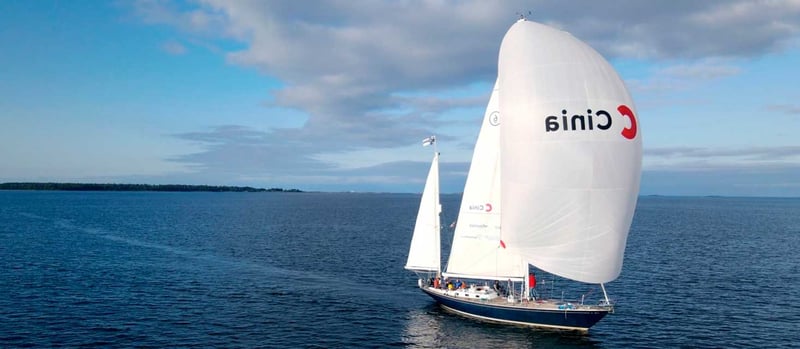
Excellent connectivity supports Finland in becoming a top data center location
Finland is becoming an increasingly attractive location for advanced connections. Learn what makes the northern country an ideal hub for data centers.

Finland is becoming an increasingly attractive location for advanced connections. Learn what makes the northern country an ideal hub for data centers.

The Arctic is opening up new business potential. Learn about the Far North Fiber project and how it will improve the Arctic’s digital infrastructure.

When it comes to developing applications that run society, security is everything. Come and meet us in Helsinki at Critical Communications World 2023!

Constant refactoring helps to avoid technical debt. Splitting your backlog into two is an efficient way to keep tech improvement on the table.

Secure Access Service Edge is a service concept developed by Gartner in 2019 for organizing secure hybrid work. Learn all about SASE and how you should use it.

Modern cyber attacks and cyber security breaches require a broader perspective on cyber security. Learn how to protect your brand and digital assets.

Sailor Tapio Lehtinen will sail around the world with retro equipment and Cinia’s support.

Traditional cyber security thinking and technologies may not provide a broad enough picture to minimize risks effectively.

ARTERIA Networks Corporation from Japan will join Cinia and Far North Digital in the effort to build the new submarine cable system.

Cinia agreed to start a project to build a new subsea cable in the Arctic with Alaskan company Far North Digital.

Low-Code Security Automation requires minimal coding and provides visual tools for security use case development and harnessing institutional knowledge across the organization.

The world is changing, and the Arctic north is becoming more accessible and opening up new business potential. But first, investment in digital and physical infrastructure is needed.